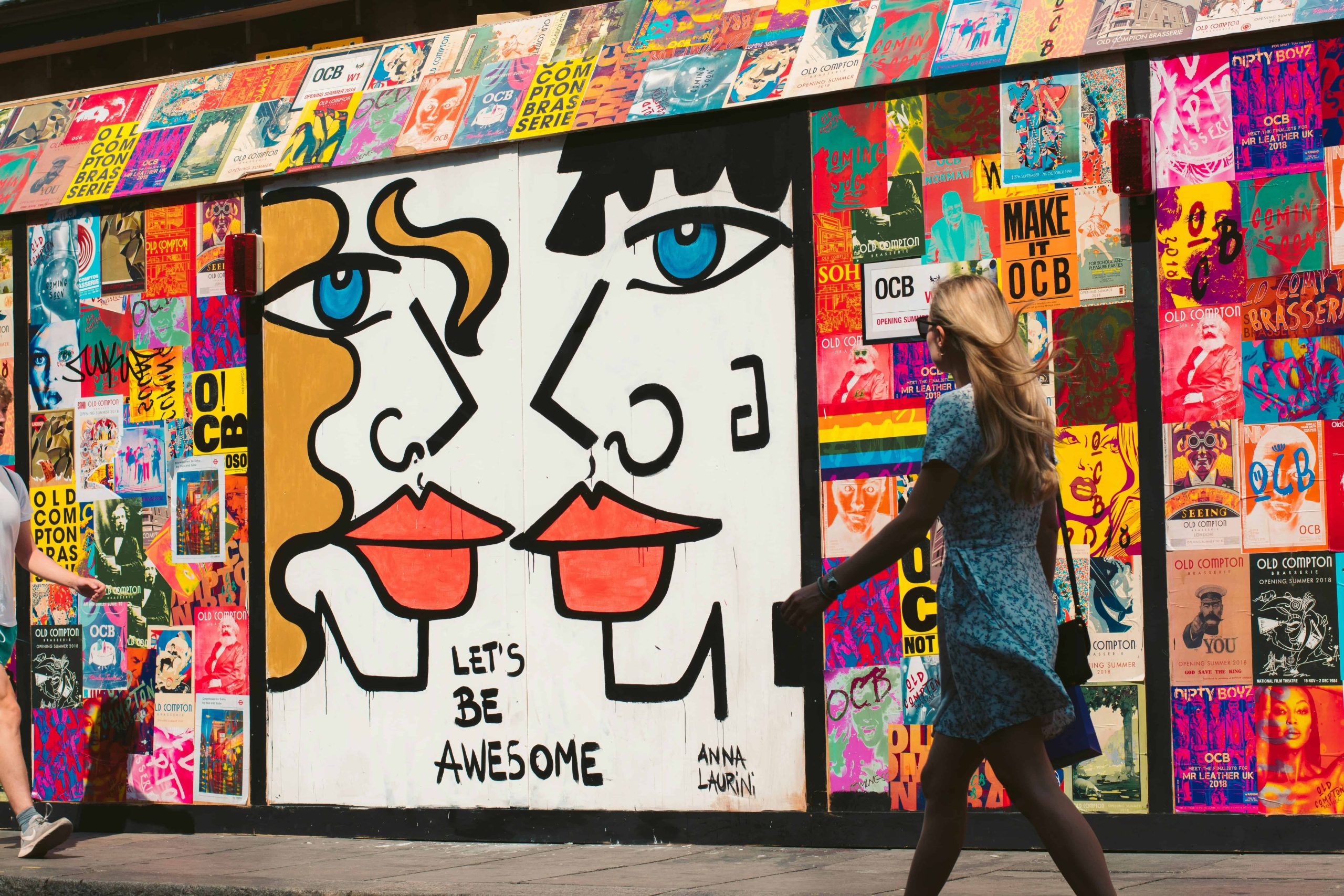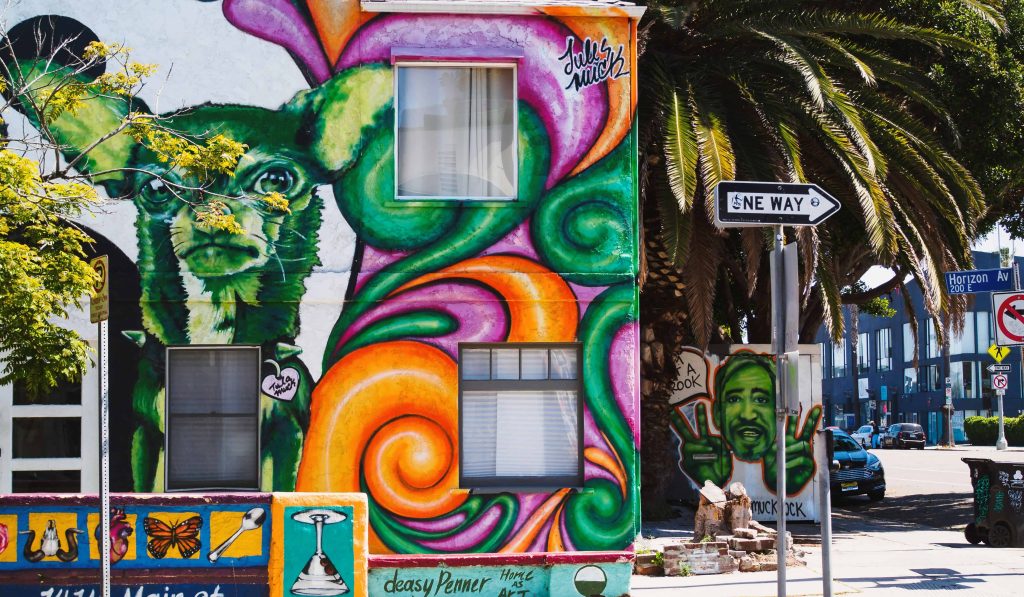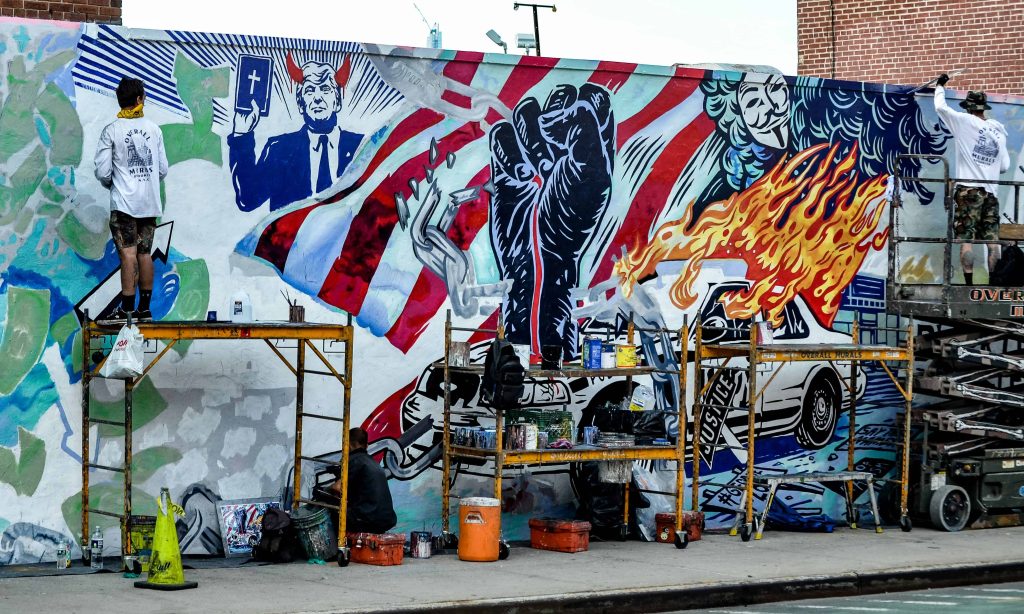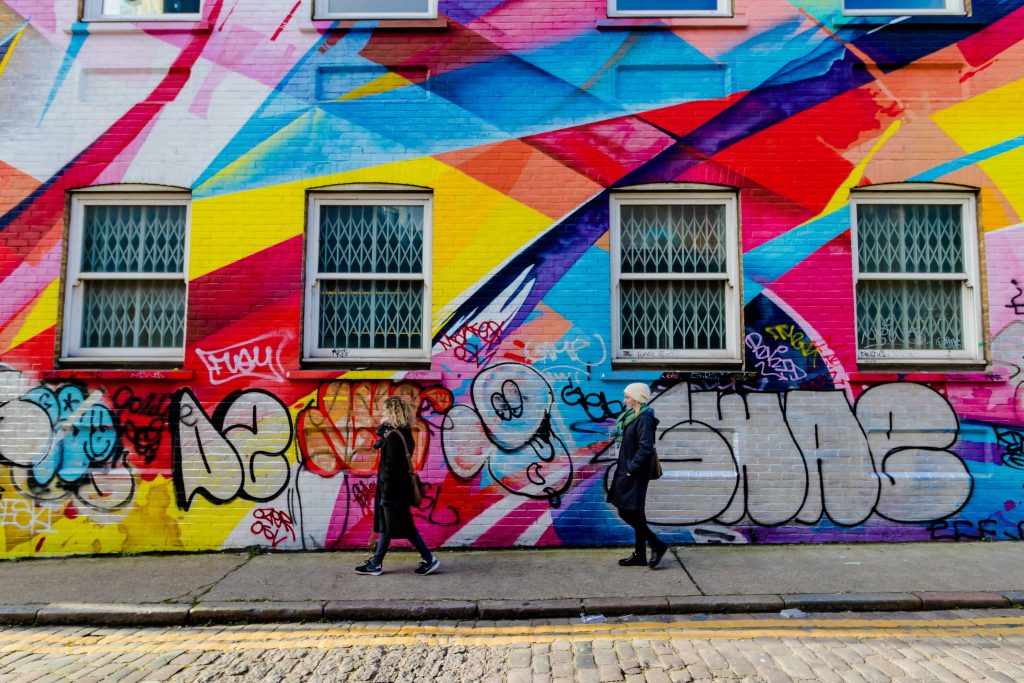
26 Aug Street Art and Graffiti for Public Engagement in 2024
Street Art and Graffiti: Engaging Communities and Promoting Culture
In today’s urban landscapes, street art and graffiti often stir up debate. While some see them as mere acts of vandalism, others recognize their potential as powerful tools for public engagement and promotion. This article explores how street art and graffiti can foster community dialogue, promote local talent, revitalize public spaces, and boost economic activity.
Street art and graffiti are forms of artistic expression often created in public spaces. While graffiti is commonly associated with unauthorized markings, street art encompasses a broader range of artistic interventions, including murals, stencils, and installations. It’s crucial to distinguish between vandalism, which defaces property without regard for aesthetics or meaning, and street art, which seeks to provoke thought, spark conversations, and beautify urban environments.

Public Engagement Through Street Art and Graffiti
Fostering Community Dialogue
Street art has the unique ability to spark conversations about social issues, culture, and politics. Murals addressing topics like social justice, environmental concerns, and human rights serve as visual statements that encourage passersby to reflect and engage in meaningful discourse.
Building a Sense of Community Ownership
Involving residents in the creation of street art fosters a sense of pride and belonging within the community. Collaborative projects and community art initiatives empower individuals to contribute to the visual landscape of their neighborhoods, strengthening social bonds and promoting a shared sense of ownership over public spaces.
Promoting Local Talent and Cultural Expression
Street art provides a platform for showcasing the creativity and cultural identities of local artists. By featuring works of art in public settings, cities can celebrate their diverse artistic communities while also preserving and promoting their cultural heritage.

Street Art and Graffiti for Promotion
Revitalizing Public Spaces
Well-executed street art has the power to transform neglected areas into vibrant destinations. Murals and other artistic interventions can breathe new life into underutilized spaces, turning barren walls into engaging visual experiences that attract visitors and instill a sense of pride in local residents.
Boosting Local Businesses and Tourism
Street art has proven to be a magnet for tourism and economic activity. Cities with thriving street art scenes often see increased foot traffic, which can benefit local businesses and stimulate economic growth. Additionally, street art districts and mural festivals draw visitors from near and far, contributing to the cultural vitality of urban centers.
Raising Awareness for Causes and Events
Street art serves as a powerful medium for raising awareness about social causes and upcoming events. Murals and graffiti can be used to convey messages of solidarity, activism, and hope, amplifying the voices of marginalized communities and drawing attention to pressing issues that demand collective action.

Conclusion
In conclusion, street art and graffiti play a vital role in public engagement and promotion, enriching urban landscapes, and fostering connections within communities. While challenges such as vandalism and permission issues persist, the positive impact of thoughtfully embracing street art far outweighs these concerns. By recognizing the value of street art as a catalyst for dialogue, cultural expression, and economic development, cities can harness its transformative power for the benefit of all.
Key Takeaways
- Street Art’s Social Impact: Street art and graffiti serve as catalysts for community dialogue on social issues like justice, the environment, and human rights, encouraging meaningful discourse.
- Community Empowerment: Involving residents in street art projects fosters a sense of pride and ownership in neighborhoods, strengthening social bonds and community cohesion.
- Promotion of Local Culture: Street art provides a platform for local artists to showcase their talent and cultural identities, celebrating diversity and preserving heritage.
- Revitalization of Public Spaces: Well-executed street art revitalizes neglected areas, turning them into vibrant destinations that attract visitors and instill local pride.
- Economic Benefits: Street art drives tourism and economic activity, increasing foot traffic, supporting local businesses, and contributing to urban cultural vitality.
- Advocacy and Awareness: Street art raises awareness for social causes and events, amplifying the voices of marginalized communities and drawing attention to pressing issues.
- Overall Value: Despite challenges like vandalism, embracing street art yields positive impacts on dialogue, cultural expression, and economic development, enriching urban environments and benefiting communities.
FAQs
What distinguishes street art from graffiti?
Street art encompasses a wider range of artistic interventions, including murals and installations, with the aim of sparking conversations and beautifying urban spaces. Graffiti, on the other hand, is often associated with unauthorized markings lacking aesthetic or meaningful intent.
How does street art engage communities?
Street art fosters community dialogue by addressing social issues and involving residents in its creation, promoting pride and ownership within neighborhoods.
What economic benefits does street art offer?
Street art revitalizes public spaces, attracts tourism, and boosts local businesses by transforming neglected areas into vibrant destinations and raising awareness about social causes and events.
Experience firsthand the evolution of museum experiences as technology-driven enhancements bring art collections to life in unprecedented ways.

